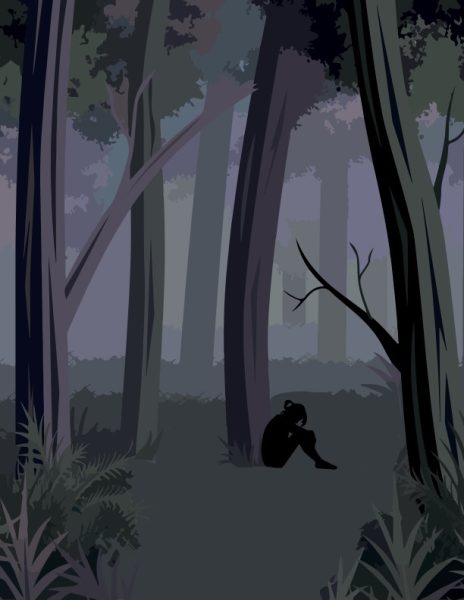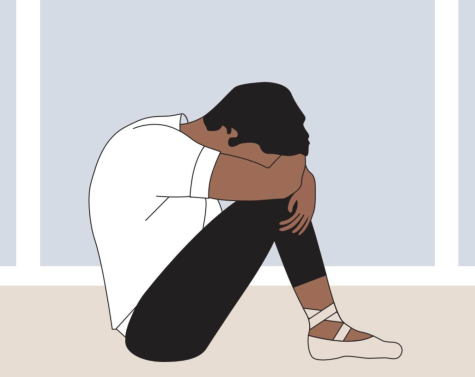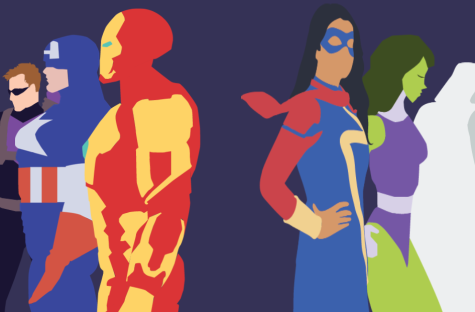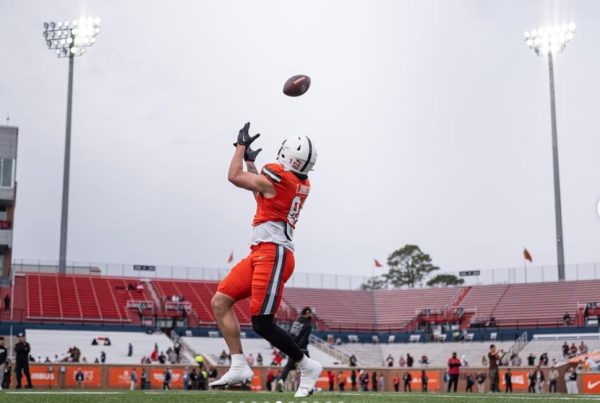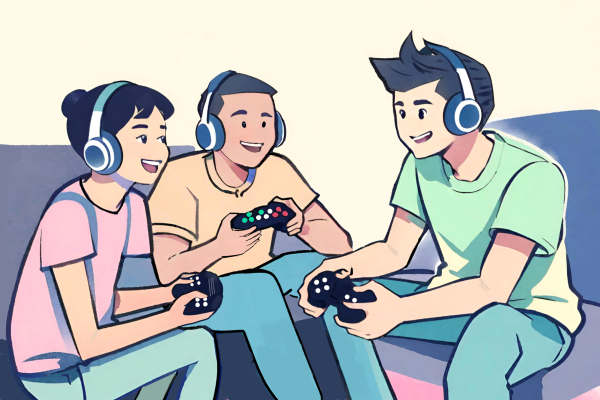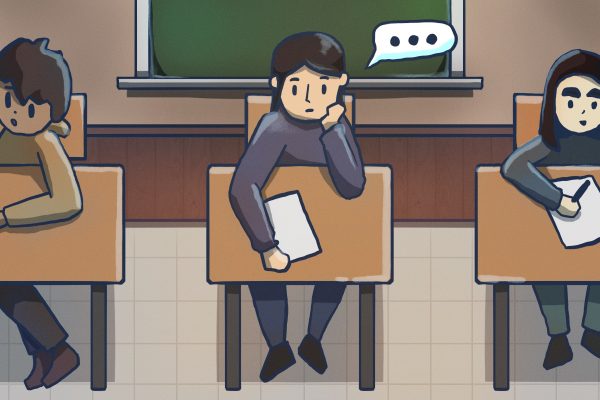What I learned from writing about affirmative action
We’re not as open-minded as we think — but we can be
In the last Black & White magazine, I wrote a story on the community’s reaction to Students for Fair Admissions v. Harvard, a lawsuit involving an anti-affirmative action group who accused Harvard University of discriminating against Asian-Americans in college admissions.
I’d been following the case closely, even before pitching the story. Admittedly, I went into the article with my own opinions.
Every once in a while, my parents and I would discuss affirmative action during dinner and all become equally irritated with the policy. My parents’ reasoning seemed straightforward to me: Asians are a minority that faced discrimination, consistently receiving low marks on personality traits like positivity and courage from admissions officers, while having to score higher than any other race on standardized tests to stand out.
Our 20-minute dinners quickly became an hour long, leaving me upset and frustrated. After all, it seemed to me that as an Asian, I had to study harder and do more extracurriculars just because of my race. I was convinced that affirmative action should be abolished and replaced with a system based on socio-economic status, rather than race.
Still, I believed at the time that I was open-minded and clearly understood the other side of the argument.
Oh, how wrong I was.
To write the article, I started a month-long journey reading every relevant story I could find and interviewing every stakeholder who was willing to talk to me, including students, alumni, constitutional law professors and representatives from civil rights organizations. And slowly but surely, my opinion began to change.
My first interview was with Duke freshman Aaron Zhao (‘18), who was also a staunch disbeliever of affirmative action in high school but said that he began understanding the benefits of a diverse campus after only a semester of college.
“Coming here, I’ve met people from all over the world, in different financial situations, who bring so much to the classroom,” Zhao said. “In my biomedical class, there’s this guy from Togo, and he said that he wouldn’t be here if affirmative action had not been in play. He adds so much to the conversation that none of us can just because he’s from a different side of the world.”
I realized then that I had spent so much time and energy thinking about getting into college when I had never actually considered what my college experience would be like.
It was the last interview that really changed my mind.
“I hate that SFFA is using Asian students to take away something that can help students of color in general,” senior Breanna McDonald said. “They’re just trying to pit these two minority groups against each other when we really should be uniting and trying to fight for a better cause. Affirmative action works in a way that it gives students in lower income schools the opportunity to reach their highest level of education so that they too can go to college and be afforded the same opportunities that we have.”
Before interviewing Breanna, I looked at the issue with tunnel vision, not considering how other minorities were affected by affirmative action and that Edward Blum, a conservative legal strategist and the president of SFFA, could just be using Asian-American students as pawns to abolish affirmative action.
Only after I wrote the piece did I fully realize what had happened: before, I never wanted to acknowledge that the other side had a valid argument. Instead, I blindly believed whatever my family and friends—who shared similar views—were telling me.
Sadly, this isn’t unusual. Although we may not like to admit it, many of us have learned to hear what we want to hear and believe what we want to believe, blocking out opposing stances. In fact, 35 percent of liberals and 50 percent of conservatives feel that it’s important to live in a place where most people share the same views, Pew Research Center found in 2014.
But in order to have truly open discourse and fully understand any issue, we need to listen to each other, educate ourselves and not be afraid to change our beliefs.
I was so angry about being treated differently that I never honestly considered the other side. And when I did, I realized that Harvard and other proponents of affirmative action weren’t blind to discrimination like I had assumed, but I had been blinded by my own frustration.
Now, I still believe that some bias exists against Asian-Americans in college admissions, but the benefits of having a racially diverse campus and the lack of a better system have convinced me that affirmative action in its current form is needed.
So let’s stop staying so affirmed in our opinions and open up our minds to other people’s perspectives, no matter how set we are on our own.
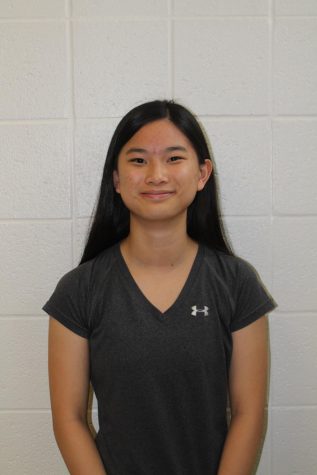
12
Why did you join the Black and White?
I love to write, and reporting for the Black & White has exposed me to new perspectives from which I've learned from. Also, I love being a part of the Black & White community.
What's your favorite scent?
theblackandwhite.net



